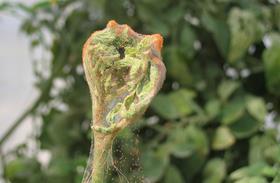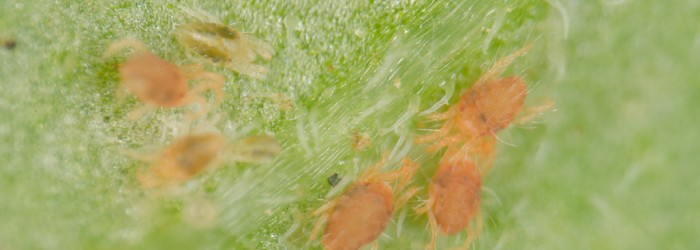
Biosecurity New Zealand has confirmed two populations of the tomato red spider mite (Tetranychus evansi) were detected near Auckland Airport and in Pakuranga last month.
The populations were detected during routine surveillance, with this being the first time the pest has been detected in the country.
The tomato red spider mites are very small in size and target the Solanaceae family, which includes tomatoes, potatoes and eggplants. They’re also known to attack beans, kumara and ornamentals including roses and orchids.
According to Biosecurity advice, the tomato red spider mite can mummify plants, wrapping them up in silk webbing when in large numbers. They will feed on the plant until it dies.
Tomatoes New Zealand general manager, Helen Barnes, told Radio New Zealand it was now working with the Ministry for Primary Industries and other industry groups on a response.
Barnes explained a technical advisory group was being assembled to provide advice on the mite, its potential impacts, and the available tools and techniques for eradication or control.
Surveillance, to assess the distribution of the mite and how long it may have been in New Zealand, was also being planned.
'It's another pest the growers don't want to have to deal with. It is something that's been marching towards New Zealand for a while, it arrived in Australia a few years ago and now it has found its way here unfortunately,' she explained.
Barnes said there were about 120 tomato growers in New Zealand. The fruit was exported to about 20 countries, with trade valued at about NZ$10-12m a year.
Biosecurity New Zealand said the pest was unlikely to have any significant impact on trade in horticultural products.
'Tomato red spider mite is a quarantine pest for Korea, Thailand and Ecuador, and we do not export many of the host plant products to these markets. However, there are some host commodities exported to Thailand including tomatoes and strawberries,' it said.
It is not known how long the pest arrived. Biosecurity New Zealand said it was possible it had been carried by wind or arrived on a visitor’s clothing or bags.




